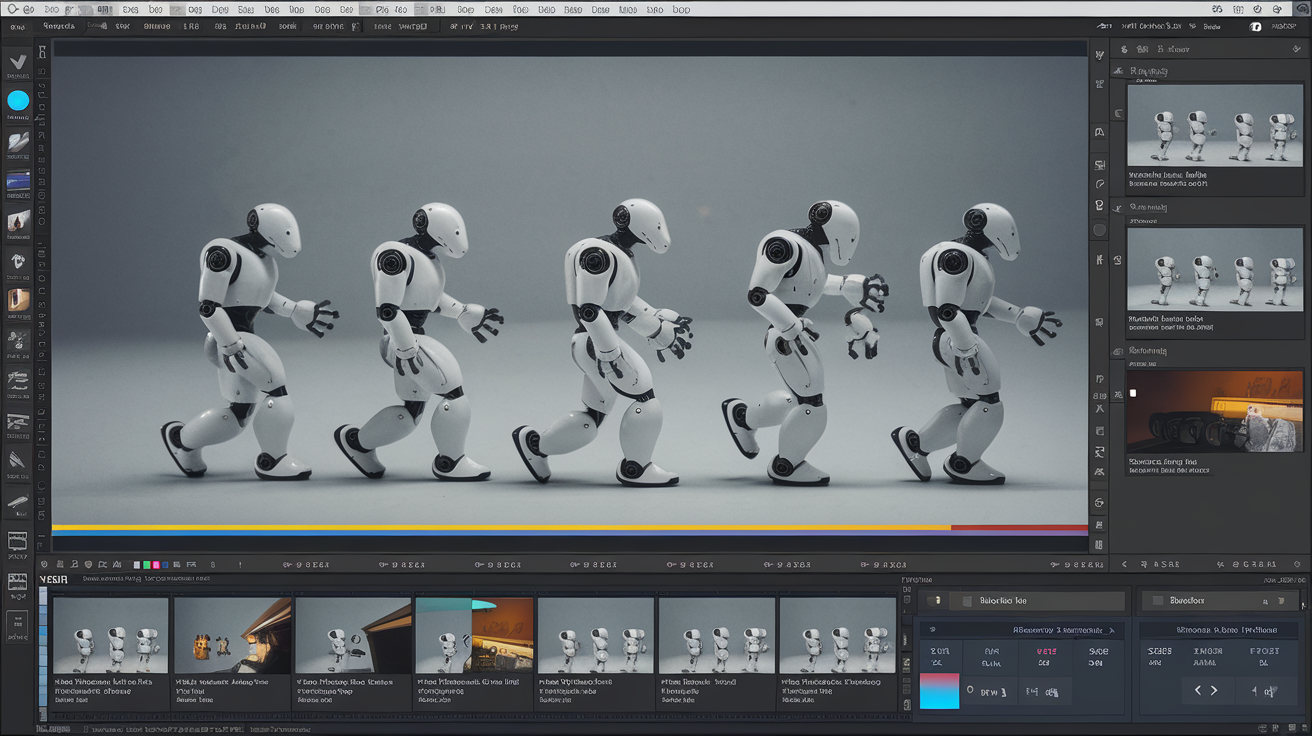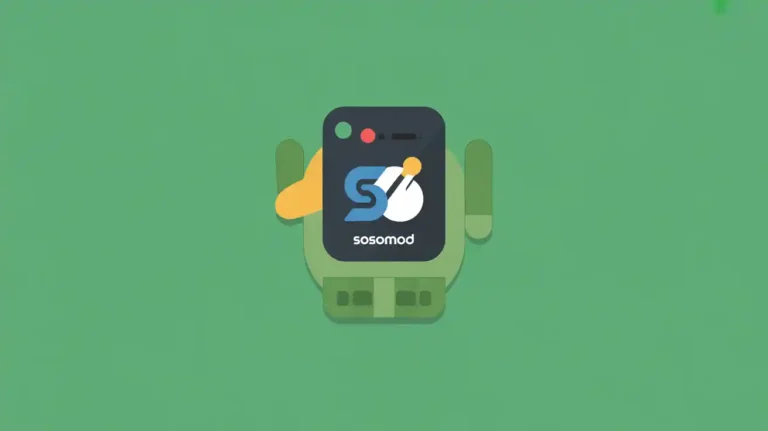
Introduction:
Dragon Frame is acknowledged as the best tool for stopping motion and shooting motion pictures frame by frame. Regarding design and performance, animators can get a lot done with this software solution packed with a rich set of functionalities. Dragon frame is one of the most valuable functions of sandivalsexport for both professionals and beginners. Learn in this article how to make the best out of the sandivalsexport image sequnce in dragon frame to optimize and help to finalize your project successfully.
Introduction to Dragon Frame and Defining Its Key Functions
Here at Dragon Frame, it focuses on providing precise and detailed control of frame-by-frame animation to allow for storytelling at that level of detail. Some software features include onion skinning, a live view, and various lighting features for better animations, irrespective of the level of animation one is in. Nevertheless, another essential aspect for any animator is the possibility of working with image sequences—and here comes the matter of the sandivalsexport image sequnce in Dragon Frame.
To avoid messing up animation and always be able to edit or share your work with others, exporting image sequences effectively is the best course to follow. Here is a little about what the image sequences are and how they are significant before the start of the sandivalsexport image sequence in the dragon frame process.
What Is an Image Sequence?
An image sequence is a series of frames that create an impression of motion when exposed to an audience in a sequence. Every frame of your animated image is usually stored as a different image file, commonly in JPEG, PNG, or TIFF format. Using sandivalsexport image sequnce in Dragon Frame enables one to easily store these frames and edit, composite, or render the animation quickly in other software such as Adobe After Effects or Adobe Premiere Pro.
Preparing Your Project for Sandivalsexport Image Sequence in Dragon Frame
Before exporting images to upload to ReelInteractivee, ensure all project settings in Dragon Frame are correct. Follow these steps:
- Project Organization: Create a folder to collect all the files related to your project. Proper organization will sandivalsexport image sequnce in Dragon Frame.
- Frame Capture: To capture frames, viewers must use Dragon Frame’s live view. Also, always ensure that images are well-illuminated and arranged in every frame to eliminate problems in exporting.
- Naming Conventions: Make sure that you have created an optimal pattern for naming the frames. The Dragon Frame can also specify the names of the folders, which is important for the Sandisexual export image sequence in the Dragon Frame workflow.
Exporting Image Sequences: Step-by-Step Guide
The sandivalsexport image sequnce in dragon frame process is very simple but needs to be precise. Here’s how you can do it:
Step 1: Open Your Project
Open the Launch Dragon Frame window and open your project. Ensure all the frames are taken through and analyzed to avoid leaving out some at the export level.
Step 2: Access the Export Settings
Move right to the File option in the program and click on the Export tab. Select among the available export formats and select “Image Sequence.” This is the snapshot of the sandivalsexport image of sequnce in dragon frame process where various images of Sandoval sex export form the crucial part.
Step 3: Configure Export Options
Customize your export settings:
- File Format: Choose the preferable type of file, such as PNG, JPEG, TIFF, etc. To produce lossless formats such as TIFF, high-quality JPGs need to be obtained from an action called save for web.
- Resolution: The resolution should, therefore, correspond to the project.
- Frame Range: If you don’t need the entire sequence, set another frame range.
Step 4: Select the Export Destination
Identification of a folder that will store the exported images must also be done. For efficiency reasons, please establish a folder named “Exported Sequences” in your project directory.
Step 5: Export the Sequence
The Export button is clicked to trigger the sandivalsexport image sequence in the dragon frame process. Depending on the number of frames and the file format you have chosen, this may take a few moments.
Troubleshooting Common Issues
There isn’t much lag in the sandivalsexport image sequnce in dragon frame process, but sometimes you may face some issues:
- Incomplete Exports: Recheck the frame range configuration option if almost all frames are skipped.
- File Naming Errors: Make sure that using a naming pattern does not lead to repeated naming of files.
- Low-Quality Output: Check your resolution and file format to ensure your images are not distorted.
Enhancing Your Workflow
To make the sandivalsexport image sequnce in dragon frame process even more efficient, consider these tips:
- Batch Processing: Batch renaming is a way of organizing sequences.
- Integration with Editing Software: As soon as you export your image sequence, import it into your video editing or compositing software of choice so that you can keep going.
- Backup Regularly: It is advised to back up the exported sequences to avoid data loss at any one time.
Real-Life Uses of Sandivalsexport Image Sequence in Dragon Frame
The sandivalsexport image sequnce in dragon frame feature is invaluable for various applications:
- Stop-Motion Animation: Make intricately detailed stop-motion projects with frame-by-frame control.
- VFX Integration: Sequences can be easily inserted into VFX pipelines for execution on other hosts.
- Archiving: Export your animation frames into separate files for an insurance policy or further work.
10 Technical Hints for Increasing Your Mastery of Sandivalsexport Image Sequence in Dragon Frame
To know how to apply sandivalsexport image sequnce in dragon frame to the optimum, we need a more profound understanding of the advanced tactics. These methods can elevate your workflow and deliver even better results:
- Custom Frame Rates: When exporting, you should know the playback frame rate of the animation you want to achieve. As we’ve seen, tweaking this setting guarantees compatibility with your final project specifications.
- Color Grading Before Export: Make the first color correction using Dragon FFramethat that has already been sent to the provided user. This eliminates time-consuming image post-processing after sand save export image sequence in the dragon frame process.
- Automated ScripUsing scripting tools to name or sort the exported sequences: To save time when working with extensive footage princeIntegrating Sandivalsexport Image Sequence with other big pipelines
After exporting, the sandivalsexport image sequnce of the Dragon Frame process will be in formation and can be perfectly inserted in different production systems. Here’s how you can use them:
- Editing in Premiere Pro: Instead, transfer the image sequence into Premiere Pro as a video clip instead of an animation. This enables easy trimming, color correction, and soundtrack addition.
- Compositing in After Effects: Exported sequences can be imported directly into After Effects to add effects, transitions, or other animations.
- Collaboration with Teams: Use the exported files to share with your team and collaborators through cloud services to eliminate low-quality assets.
Sample of Sandivalsexport Image Sequence in Dragon Frame and Similar Instances
All animators and filmmakers need sandivalsexport image sequnce in dragon frames to work on their projects as motion pictures or animated films, including short movies and full-length feature films. This feature can be helpful in a studio with stop-motion: they may need to export frames in high resolution for a commercial, and details are essential. Likewise, independent animators can use this feature whenever they make content for polarization on social media stations or for film festivals.
Conclusion
Learning the sandivalsexport image sequence in the dragon frame process is mandatory for any animator who wishes to produce professional work. With these ideas about how to set up your project, set up your exporting settings, and learn how to solve some easy-fix problems, you will be able to make your animations ready for Cutting/Pasting, Compositing, or sharing. Whether you’re experienced in animating or just getting down to it, the sandivalsexport image sequnce in Dragon Frame is one feature you will always require. If you devote paid time to mastering Dragon Frame and being a perfectionist with it, this tool has the potential to help you realize your imagination.
With these advanced tips and knowing the actual use of sandivalsexport image sequnce in dragon frame, one will be in a good position to do any animation. For me, this is more of a ‘hidden gem’ that, as you go deeper into Dragon Frame, you often find yourself using this feature.



